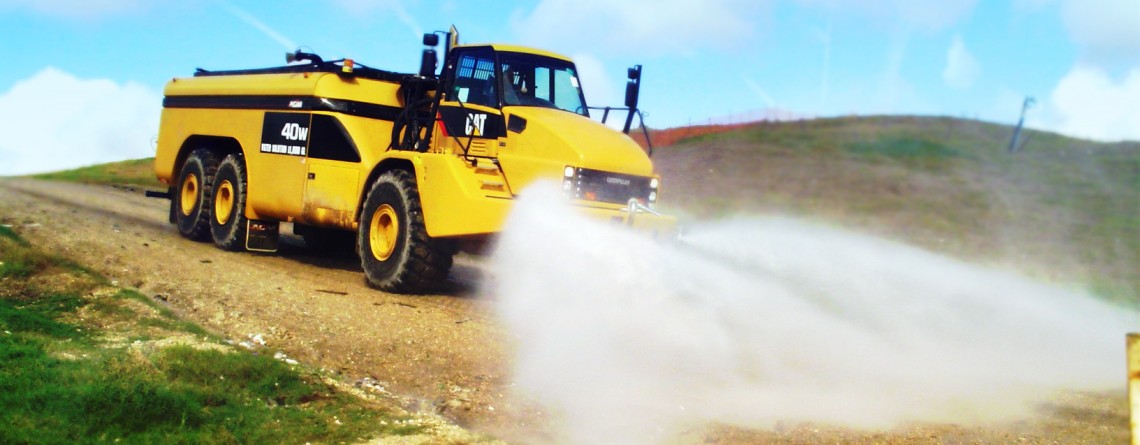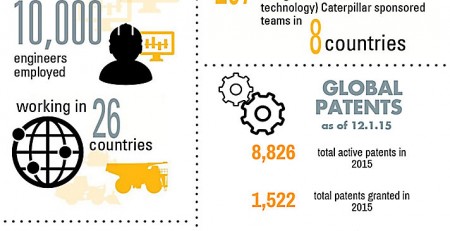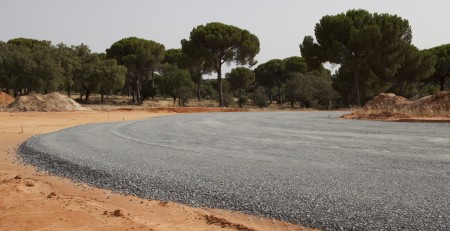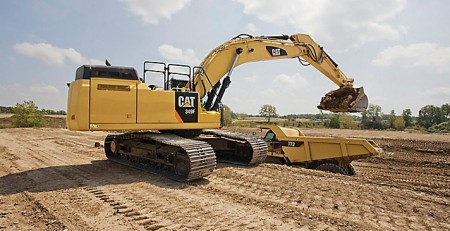ALL EYES ARE ON TECHNOLOGY: Q&A WITH CATERPILLAR CIO JULIE LAGACY
Julie Lagacy took on the role of Chief Information Officer in January 2015, and has been with Caterpillar since 1988.
Tell us about yourself – your background and career.
I grew up in the small town of Glasford, Illinois, in a Caterpillar family. My grandmother worked in the foundry during World War II and both of my grandfathers worked at Caterpillar. My parents even met at Caterpillar!
When I came to Caterpillar in 1988, I was a pricing analyst. I kept that role for five years before I worked in Cat Logistics as an account representative calling on automotive clients. My first formal leader role was back in pricing. From there, I was a product manager, then commercial manager in Remanufacturing, followed by human resources manager for one of our prime product facilities. I served as business manager in Global Mining, Chief Financial Officer of the mining division after the Bucyrus acquisition, and vice president of the Finance Services Division before coming to Global Information Services.
My career path is unique but I learned something in each role…
You’ve been in the CIO role for a year now. How did your prior experience in finance, human resources and product and commercial management help prepare you for this job?
Those roles taught me about Caterpillar’s business and that knowledge is an asset. In order for Caterpillar to compete through technology, IT has to have a strategic seat at the table with our business partners. My goal is to use what I know about the business to help bridge the gap between business problems and IT solutions and I have an outstanding team in place to help move that forward.
What is your leadership philosophy, and how did your diverse career background help shape it?
This sounds simple but I live by this: The best I can do is the best I can do. If you do your best at everything, what else can you ask of yourself? Once you feel you have done your best, it is important to give yourself a break and have confidence going forward. I think it is important not to get stuck by the things that don’t go so well. That can impact your ability to make decisions – and the worst thing you can do is feel so nervous to make a mistake that you do nothing. I also believe the most difficult challenges are usually the most rewarding. Looking back on my career so far, the opportunities I seized that were outside my traditional scope of work ended up being tremendous development opportunities and some of my most rewarding experiences. Taking responsibility for your own growth and development by seizing those opportunities is crucial.
I also gained great leadership perspective from my parents. They taught me that the way we deal with challenges is what defines us, and also that no matter how tough you think you have it, you can always find people that are facing greater challenges. The true test of character is how you respond when things aren’t going well.
I also believe leaders have to find an authentic way to communicate. Transparency and open dialog are important. People are the most fearful of what they don’t know. Because of that, it is less of a risk to face my team and say “I don’t know” or “I know, but I can’t share that and here’s why” than to say nothing at all, especially when business is tough. People do not want to feel like there are closed-door conversations happening all the time, and it’s important for leaders to be visible, available and willing to engage in open dialog.
What are your top priorities as CIO?
We play a significant role in moving Caterpillar forward in a digital capacity. We are partnering with the business to create capability for Caterpillar’s extended enterprise and help customers operate their business more efficiently and effectively. This starts with infrastructure to connect, store and use to improve customer productivity, connectivity, monitoring, and safety. Through connected assets, insights and prognostics, the company’s digital vision will enhance the customer and dealer end-user experience.
We also must continue to manage risk, increase our business relationships and explore emerging technologies. Our GIS transformation includes a fairly aggressive set of goals that we will meet and exceed. Also, with the addition of our Group CIOs, IT will work with internal business partners much differently than we have in the past. We are managing our demand and remain focused on adhering to strict standards.
What’s the biggest challenge a CIO faces today?
A big challenge, of course, is the growing number of security threats that exist – people with malicious intentions are getting smarter every day. Staying ahead of threats is a challenge we take very seriously. Some shifts in our security strategy have helped us do that.
The biggest challenge is how quickly technology changes. As a global manufacturing company with a global workforce, it is tough to keep up and get ahead of technology trends. Yet, our customers demand technology and so does our workforce. We have been steadily building our strategic capabilities for the business and I believe technology will continue to grow as a competitive edge for the company.
Another challenge is demonstrating the value of IT to the business. Our strategy addresses this and will allow us to show cost, consumption, and the full impact of technology choices in business terms. Managing the demand for technology and jointly agreeing on priorities will help us focus on the areas that provide the greatest Operating Profit After Capital Charge (OPACC) value.
Ultimately, our challenges are about doing what is best for our customers at all times and right now – all eyes are on technology.







